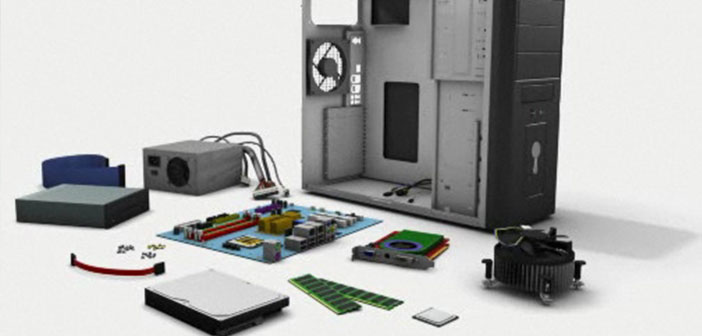The companies will find themselves in the position of having to raise prices to counter the appreciation of the dollar. As a result of seeing a change some of the dynamics of spending by the public.
Analyst firm Gartner market notes that PC makers will find themselves in the situation of having to raise prices to offset the effects of the devaluation of several currencies and in particular, in Japan and the euro zone may experience increases of up to 10% during the 2015.
” We are seeing a sharp rise in the dollar against most other currencies reflected in the results of companies. The vendor PC operating to Europe and Japan, where local currencies have fallen by up to 20% since the beginning of 2015, will have a little choice but to increase prices to maintain profits, ” noted Ranjit Atwal, research director for Gartner.
Gartner estimated in 2015 that spending on end-user expressed in ” constant dollars ” (ie results in local currency, assuming fixed exchange rates: with this method, growth rates in constant dollars reflect with some precision the growth rates in local currencies) in Western Europe will amount to 116 billion dollars, an increase of 4% compared to 2014. The increase reflects the expected price increase in local currencies.
” Vendors of devices will be to limit the impact of their profits ” dollarized ” taking advantage of the drop down to a single-digit percentage of the cost of PC components in the course of 2015 and selling PC with fewer features to keep prices down. In any If margins will go down, even if the vendor concentrates efforts towards those markets less affected by currency fluctuations, ” noted Atwal.
In mature markets, PC sales are determined almost exclusively by the price until 2016 Gartner expects that 30% of consumers will buy PCs under the price curve. Analysts expect different attitudes depending on the type of audience: the consumer price-driven (who turn to products under $ 500) will buy PCs cheaper and with lower specs to hinder, the growth in prices, consumers value- driven (products that cater to between $ 500 and $ 800) will delay the purchase when consumers feature-driven (who turn to products to above 800 dollars) will extend the life cycle of 10% to price compensation more high, absorbing the remaining increase. These three types constitute, respectively, 30%, 40% and 30% of the market.
In 2015, the big companies will give priority to other IT budgets, such as those for services, drawing resources from the budget PC. ” The big companies will try to extend the life cycle of the PC 6 months compared to 2014, instead of buying cheaper models or to give up key features. The purchase of optical drives, and optional accessories will go running out ” noted Atwal.
The analyst also expected that large companies will reduce by 20% the volume of purchase PCs during 2015, while small companies will behave more similarly to the public value-driven and will look to consumer products.


